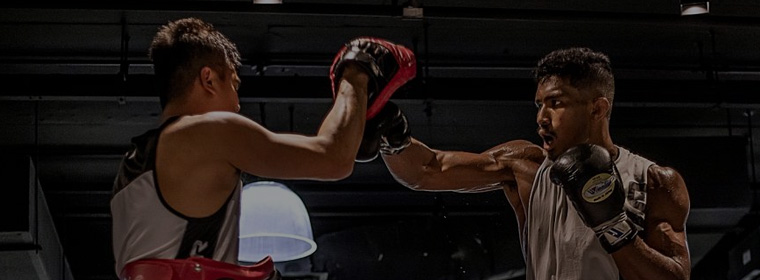If you intend to spar or compete in the world of boxing, you’ll need some headgear to protect your noggin. At first glance, it doesn’t seem like a very complicated decision. You pick out one that looks good and you go about your day. If you’ve ever had questions about how to choose the best boxing headgear for your needs, then read on.
As with choosing coaching equipment for MMA & Kickboxing (Which is also called ‘ Trainingsausrstung fr MMA & Kickboxen ’ in German), you’ll need to know why you’re using the headgear to pick out the best headgear for you. Are you planning to compete at the amateur level or are you only going to spar at your local gym? What size are you and how intense are your sparring sessions?

Basic Design
The basic design of a piece of headgear looks like a layer of padding that wraps around your head. It covers your forehead, your temples, your ears, and the back of your skull.
Headgear can typically be adjusted at three different locations: under the chin, at the back of the head, and at the top of the head.
From that basic design, many different variations have emerged.
Headgear Type
Are you looking for headgear for competition or sparring?
Competition headgear incorporates less padding than the kind of helmet you’d use in your sparring sessions. This makes it lighter, less bulky, and less of an impediment to your field of view.
Most sanctioning bodies require that competition headgear is of an open face design, though many allow headgear with some cheek protection. Competition headgear must be certified by USA Boxing or AIBA and it must have a tag on it indicating this certification.
Masters Competition headgear comes in as a special sub-category.